Cocoa Beach Attractions 6 Hidden Gems You’ll Love
Last updated on May 27th, 2025 at 12:27 am
My buddy Jake dragged me to Cocoa Beach five summers back, swearing up and down that it wasn’t just another touristy beach town. “Trust me,” he said, “there’s more to this place than what you see in the brochures.” I rolled my eyes. I’d heard that line before about every vacation spot from Myrtle Beach to Key West.
Boy, was I wrong.
We were driving back from a disappointing lunch at some overpriced pier restaurant when Jake suddenly pulled into this unmarked dirt parking lot. “Where the hell are we going?” I asked. He just grinned and pointed to a weather-beaten sign that read “Nature Trail – Use at Own Risk.”
That sketchy-looking trail led us to the most beautiful stretch of untouched coastline I’d ever seen. No beach bars, no jet ski rentals, no spring breakers blasting music. Just pure, raw Florida the way it existed before developers got their hands on it.
That day changed everything. Now I come back to Cocoa Beach twice a year, not for the famous stuff everyone posts about, but for these incredible places that somehow stay off everyone’s radar.
Why Most People Miss the Good Stuff
Look, I get why people stick to the main attractions. You’ve got limited vacation time, you want guarantees, and following TripAdvisor reviews feels safer than wandering around looking for hidden treasures. But here’s what five years of exploring has taught me: the best experiences happen when you’re willing to get a little lost.
These places I’m about to tell you about? They’re not secret – locals know about them, park rangers maintain them, and they’re perfectly legal to visit. They just don’t have marketing budgets or gift shops, so they get overlooked by most tourists who never venture beyond the main drag.
Some of my friends think I’m crazy for spending vacation time hiking through mosquito-infested trails or driving twenty minutes inland when there’s a perfectly good beach right outside my hotel. Maybe they’re right. But those “perfectly good” beaches don’t have the stories these places do.
Six Spots That’ll Change How You See Cocoa Beach
1. Thousand Islands Conservation Area – Where Real Florida Still Lives
The parking lot looks like an abandoned construction site. Seriously, if you didn’t know better, you’d think you’d taken a wrong turn into someone’s forgotten property development. But walk past that rusty gate and down the shell-covered path, and you’ll understand why I drive four hours from Atlanta just to spend mornings here.
This place covers more land than most state parks – we’re talking about 3,000 acres of pristine wetlands that look exactly like they did when Spanish explorers first mapped this coast. No visitor center, no gift shop, no educational plaques every fifty feet. Just Florida in its natural state.
The name’s misleading – it’s not actually thousands of islands. More like hundreds of these small tree-covered mounds scattered through shallow water that creates this maze of channels perfect for kayaking. I’ve been coming here for three years now, and I still find new waterways every trip.
Last December, I was paddling through one of the narrower channels when this massive shadow passed under my kayak. My first thought was “shark,” which would’ve been bad news in water maybe four feet deep. Turned out to be a manatee, probably bigger than my kayak, just cruising through its morning routine. We stared at each other for maybe a minute before it decided I wasn’t interesting enough and swam away.
The fishing here is ridiculous. I’m talking about redfish, snook, and trout in numbers that’ll make you question why you ever bothered with crowded fishing piers. Bring your own gear though – the nearest bait shop is fifteen minutes away.
Why this place rocks:
- Completely free to use
- Kayak rentals available nearby for about $35/day
- Wildlife everywhere if you’re patient
- Fishing that actually produces results
- You might not see another soul for hours
Pack bug spray. The mosquitoes here are legendary, especially during summer months.
2. Cocoa Beach Surf Museum – Stories the Waves Remember
I’ll be straight with you – I couldn’t balance on a surfboard if my life depended on it. But this little museum made me understand why people dedicate their entire existence to chasing waves.
The place sits in this nondescript building that you could drive past a hundred times without noticing. Inside, it’s crammed with more surfing history than should legally fit in one room. Boards from every era, photographs that tell stories, trophies from competitions that happened before half the current surfers were born.
What got me wasn’t the equipment – it was the photographs. Black and white shots from the 1960s showing teenagers who looked like they’d figured out the secret to happiness. Color photos from early surf competitions when the prize money was maybe fifty bucks and nobody cared because it was all about the waves.
The guy running the place when I visited – older dude named Charlie who’s been riding these waves since the Eisenhower administration – spent an hour walking me through the exhibits and sharing stories about local surf legends. Some went on to become world champions, others just became part of Cocoa Beach mythology.
The Kelly Slater exhibit alone is worth the admission fee. This is where one of the greatest surfers in history learned to read waves, and seeing his childhood board next to modern equipment shows how far the sport has evolved.
Must-see stuff:
- Original boards from the 1940s that weigh more than modern cars
- Easter Surf Festival memorabilia going back decades
- Vintage wetsuits that look like medieval armor
- Local surf shop artifacts that document the culture’s evolution
Eight bucks gets you in, and it’s open most afternoons. Perfect air-conditioned break when the sun gets brutal.
3. Lori Wilson Park’s Hidden Boardwalk – The Trail Everyone Walks Past
Everybody knows Lori Wilson Park. Decent parking, clean facilities, easy beach access. What most people don’t realize is there’s this boardwalk trail at the north end that leads through ecosystems most beach visitors never see.
I found it by accident two years ago when I was looking for a bathroom and wandered too far from the main beach area. Instead of restrooms, I stumbled onto this wooden walkway that disappears into what looks like a miniature rainforest.
The trail’s only half a mile long, but it takes you through completely different worlds. You start in coastal scrub that looks like something from a desert, move through pine flatwoods that could be anywhere in the South, and end up in what botanists call a maritime hammock – basically a forest that can survive salt air and sandy soil.
What makes this trail special isn’t its difficulty (there isn’t any) or its length (pretty short), but how completely it changes your perspective. One minute you’re at a typical beach park, the next you’re walking through old-growth forest on an elevated boardwalk designed to protect the ecosystem below.
The trail connects to a section of beach that feels miles from civilization, even though you’re maybe a ten-minute walk from the parking lot. On weekends when the main beach looks like a refugee camp, this hidden section might have five people on it, max.
Last spring, I was photographing some bird I couldn’t identify when this family walked by speaking what sounded like German. The father pointed to the same bird and rattled off what I assume was its scientific name. Even international visitors stumble onto this place, though not many.
Why this trail matters:
- Empty even when the main beach is packed
- Educational without being preachy
- Perfect for photography without crowds
- Most of it’s wheelchair accessible
- Leads to pristine beach that tourists never find
4. Historic Cocoa Village – Florida Before Theme Parks
Most beach visitors never cross the causeway to the mainland, which means they miss one of the most authentic pieces of Old Florida still in existence.
Cocoa Village represents what Florida towns looked like before Disney World changed everything. The downtown sits right on the Indian River, and half the buildings date back to the 1890s when this was a citrus and fishing community that most Americans had never heard of.
What I love about this place is how genuine everything feels. The antique shops are run by people who know the stories behind what they’re selling. The restaurants serve food that locals actually eat, not tourist versions of regional cuisine. And everything moves at a pace that’s almost shocking if you’re used to typical vacation destinations.
Two years ago, I spent an afternoon in this old tackle shop called Captain’s Corner, talking with the owner about fishing spots that don’t appear in any guidebooks. That conversation led to my catching a thirty-inch redfish the next morning in a creek most tourists would drive right past.
The riverfront area has this walking path where you can watch boats come and go while pelicans supervise the whole operation from various dock posts. On Friday evenings, there’s usually live music at one of the waterfront restaurants – local musicians playing for tips and drinks rather than tourist entertainment.
The antique district is legit. I’m talking about actual vintage items with histories, not reproduction junk made to look old. Found a 1950s fishing reel there that still works better than most modern equipment.
What makes Cocoa Village worth the drive:
- Free parking throughout the entire downtown area
- Antique shops with genuine treasures
- Restaurants where you’ll see the same locals eating weekly
- River views without high-rise buildings
- Art galleries featuring regional artists you won’t find elsewhere
5. Canaveral National Seashore’s Backcountry – Florida Before We Ruined It
This one requires effort and fifteen dollars, but if you want to see what Florida beaches looked like before condos and tiki bars, this is your only chance.
The remote sections of Canaveral National Seashore stretch for miles with absolutely no development visible anywhere. On clear days, you can see the lighthouse at Cape Canaveral in one direction and nothing but dunes and ocean in every other direction.
I was there during turtle season last summer – runs from May through October – when a park ranger led maybe eight of us to watch a loggerhead turtle return to the ocean after laying eggs. Even from the required fifty-foot distance, watching this prehistoric ritual was one of those experiences that changes how you think about the natural world.
These beaches are also incredible for fishing. Not the kind where you throw back undersized fish all day, but actual fishing where you might catch something worth keeping. The water stays cleaner here because there’s no boat traffic and no development runoff affecting water quality.
At night, these beaches offer some of the darkest skies on the East Coast. Bring a blanket and prepare to see more stars than you remembered existed. The lack of light pollution creates conditions you simply can’t find at developed beaches.
The primitive camping here is outstanding if you can get permits. Falling asleep to nothing but waves and waking up to sunrise over completely undeveloped coastline – it’s like time travel to pre-development Florida.
What makes these beaches extraordinary:
- Miles of completely untouched coastline
- Surf fishing that actually produces results
- Sea turtle nesting habitat during season
- Dark skies perfect for stargazing
- Primitive camping that feels like real adventure
Remember: bring everything you need. No concessions, no rentals, no lifeguards. Just you and Florida the way nature designed it.
6. Brevard Zoo’s Conservation Outpost – Florida’s Secret Garden
Most people know about the main Brevard Zoo, but hardly anyone realizes they operate this smaller conservation facility about twenty-five minutes from the beach. I discovered it when my GPS malfunctioned and sent me down a series of back roads that seemed to lead nowhere.
This place focuses on native Florida plant conservation and wildlife rehabilitation. It’s not massive – you can see everything in about ninety minutes – but every inch is carefully planned and beautifully maintained.
The butterfly garden during spring migration is absolutely incredible. I’m talking about species I’d never seen before in colors that don’t seem real. They’ve got a greenhouse full of rare orchids that exist nowhere else in the region, and walking trails that showcase different coastal ecosystems without feeling like a nature lesson.
What impressed me most was how knowledgeable the staff is. These aren’t seasonal employees with name tags – they’re people who’ve dedicated careers to conservation and genuinely love sharing what they know. I learned more about native Florida ecology in one visit than I had in years of casual observation.
The meditation garden became my favorite spot. Water features and native plants arranged in a way that somehow makes you forget you’re minutes from interstate highways and strip malls. I’ve brought a book there several times and ended up just sitting quietly instead of reading.
Don’t miss:
- Butterfly garden during peak migration seasons
- Rare orchid greenhouse with species found nowhere else
- Native plant nursery where you can buy specimens
- Walking trails that teach without lecturing
Twelve dollars gets you in, open Tuesday through Saturday. Honestly one of the best values in the entire area.
How to Actually Visit These Places
After dozens of trips to these locations, I’ve figured out the timing that works best. Early morning is perfect for outdoor spots – cooler temperatures, better wildlife activity, and usually empty. Late afternoon works well too, especially for photography.
Midday is ideal for indoor attractions like the Surf Museum or browsing Cocoa Village when the sun makes outdoor activities miserable.
You absolutely need a car for this kind of exploring. These places are scattered across Cocoa Beach and the surrounding area, with some having limited parking that fills up on busy weekends.
Budget-wise, you’re looking at minimal expenses. The National Seashore entrance fee is your biggest single cost at fifteen dollars, but that’s good for a full week. Everything else is either free or charges modest admission.
Pack comfortable shoes that can handle sand and uneven surfaces, plenty of water, bug spray for nature areas, and definitely a camera. These aren’t places where you’ll regret taking too many pictures.
Mixing Hidden Spots with Tourist Attractions
You don’t have to choose between these lesser-known places and Cocoa Beach’s famous attractions. The best trips combine both approaches strategically.
I usually start early at one of the nature locations when conditions are ideal and crowds haven’t arrived. Then I’ll hit popular attractions like the pier or Kennedy Space Center during peak heat when air conditioning feels pretty appealing. Late afternoon is perfect for places like Cocoa Village or returning to beach locations for sunset.
What Nobody Warns You About
Let me be honest about what you’re getting into. These places aren’t always as convenient as major tourist attractions. Some require walking on uneven terrain. Others have basic facilities – don’t expect elaborate restrooms or snack bars everywhere. You might encounter bugs, muddy trails, or parking areas that are basically dirt lots.
But here’s why it’s worth the hassle: these places will give you experiences and stories that generic tourist attractions can’t match. You’ll see parts of Cocoa Beach that most visitors never discover. Your photos won’t look like everyone else’s because you weren’t standing in the same crowded spots.
These are the places that made me fall in love with this area beyond its reputation as just another beach destination. They showed me there’s real depth here – history, natural beauty, and authentic culture that exists separate from the tourism industry.
Start Your Real Cocoa Beach Adventure
I’ve shared these six places because they completely transformed how I experience this part of Florida. Instead of fighting crowds for decent beach spots, I’m exploring quiet waterways where wildlife encounters happen naturally. Instead of eating at chain restaurants, I’m finding locally-owned places where they remember your name after two visits.
Pick one or two of these hidden gems for your next Cocoa Beach trip. Start with whatever sounds most interesting to you, and see where curiosity leads. I guarantee you’ll come home with better stories and more unique photos than if you’d stuck to the standard tourist checklist.
What hidden treasures have you discovered in your own travels? Drop a comment and tell me about your best off-the-beaten-path finds – I’m always looking for my next unexpected adventure.
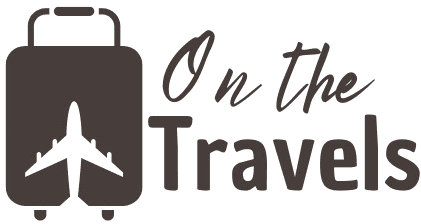

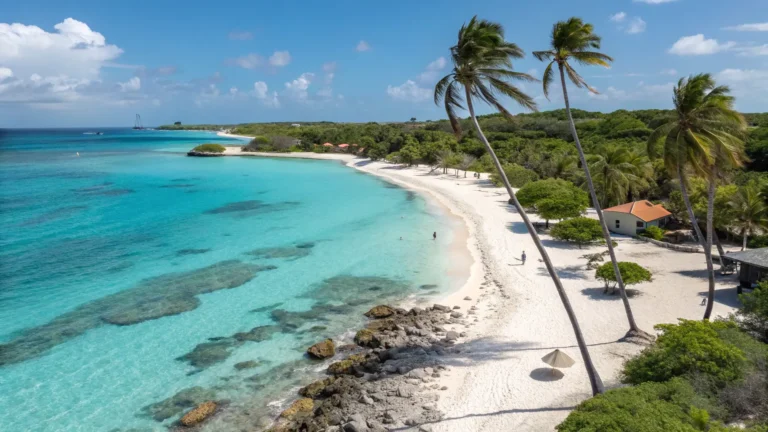
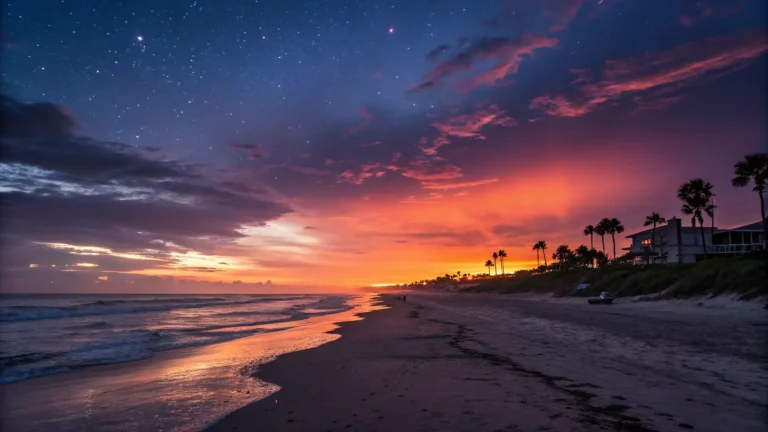
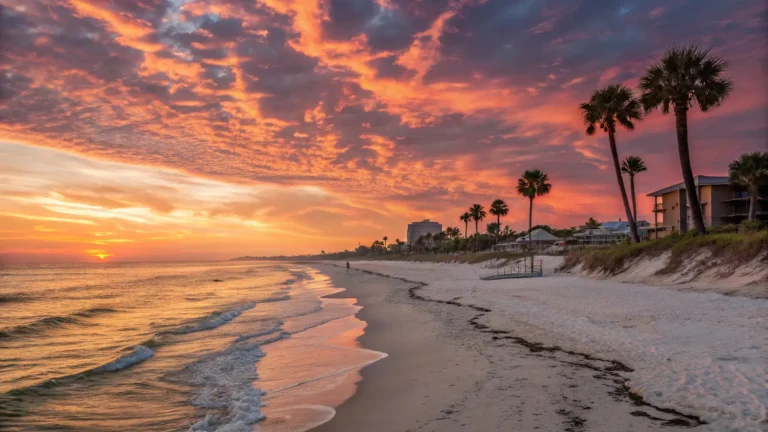
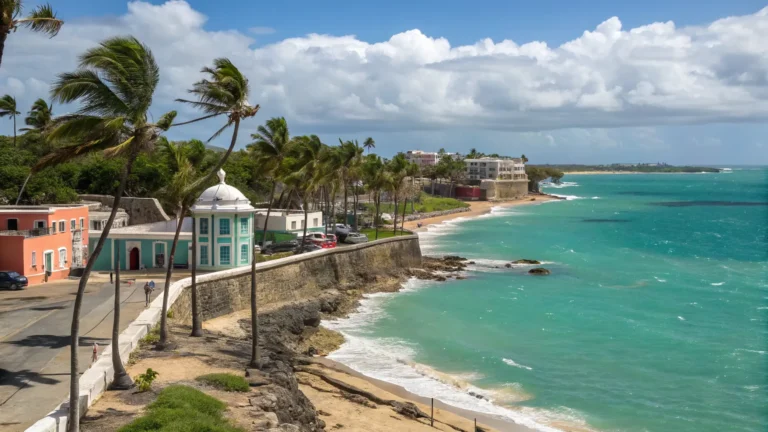
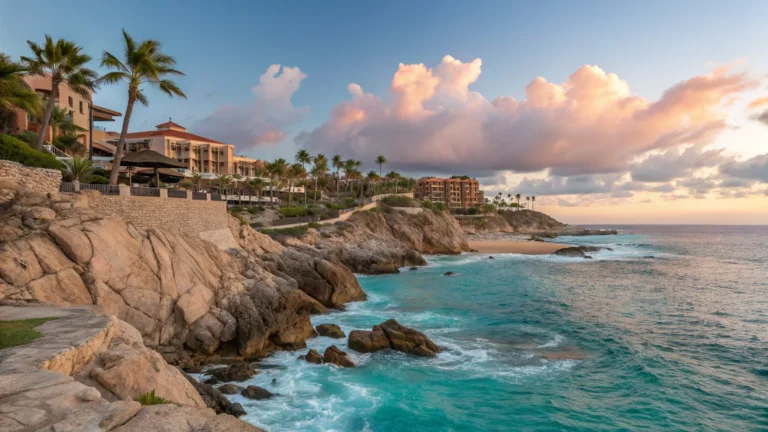
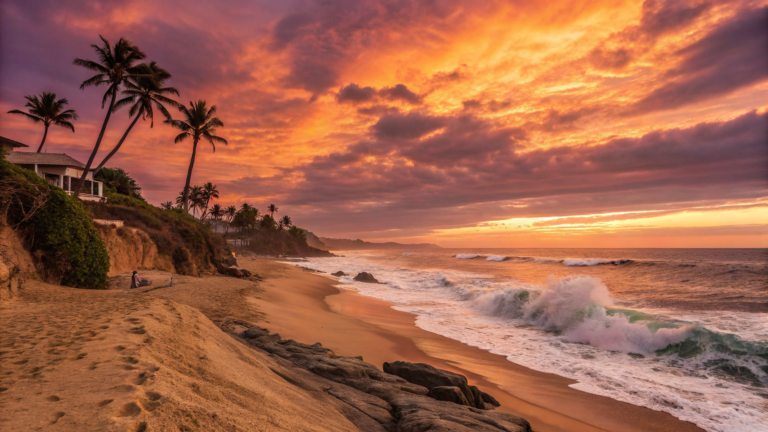
One Comment